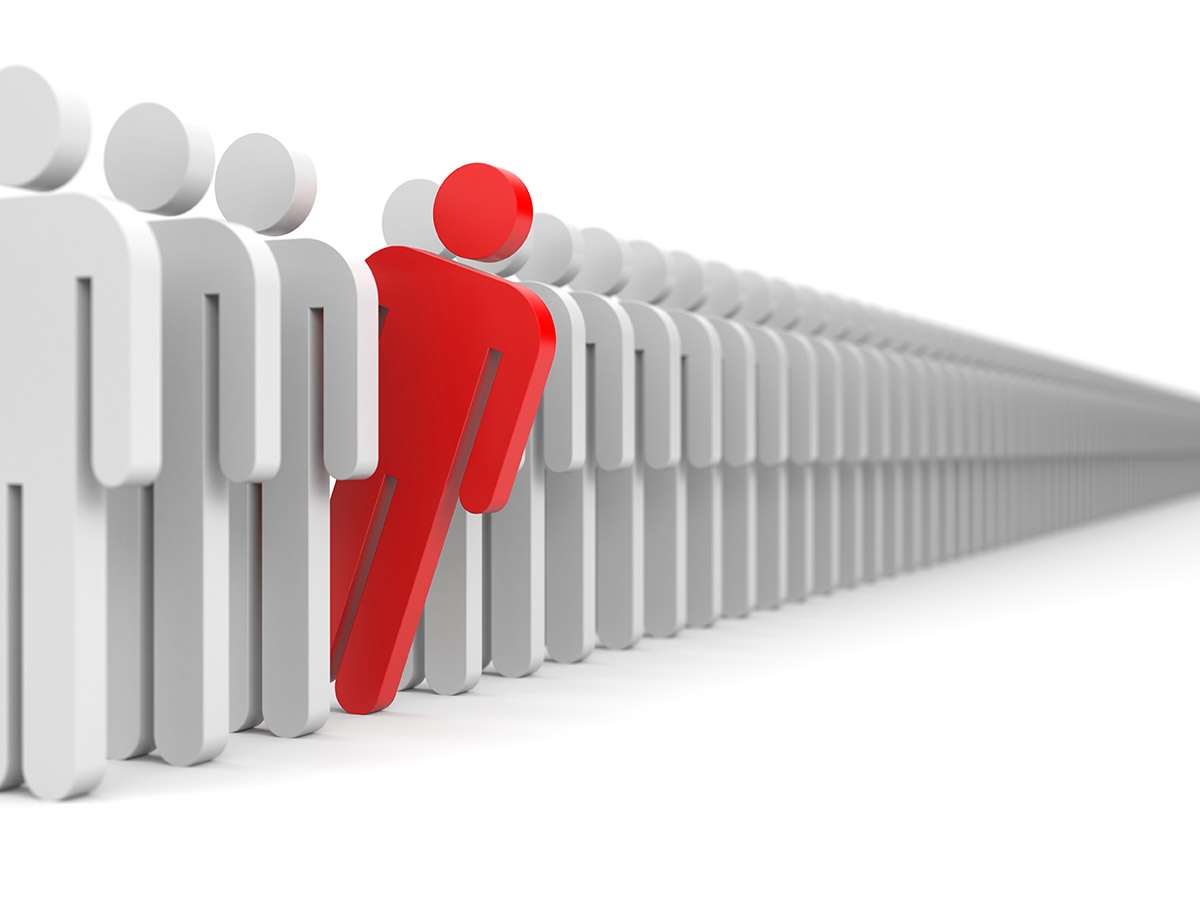Have you ever wondered why you hold the door open for someone entering a building? Or why you stand in line at the grocery store instead of pushing your way to the front? These seemingly trivial actions are actually guided by something much deeper – norms. Norms are the unwritten rules and expectations that shape our behavior in society, often guiding us without us even realizing it.

Image: pastoredcollins.org
Understanding norms is crucial for navigating social interactions and understanding the complexities of human behavior. They influence everything from how we dress to how we communicate, providing a framework for our daily lives. This article will explore various examples of norms across different social contexts, shedding light on their origins, impacts, and ever-evolving nature.
The Power of Social Norms: Shaping Our Interactions
1. Greetings and Social Etiquette:
The way we greet each other varies significantly across cultures. In western societies, a handshake or a friendly “hello” is customary, while in Japan, a bow is the preferred greeting. These seemingly minor variations in behavior highlight the power of norms in influencing our interactions. Failure to adhere to these expected social conventions can lead to awkward situations or misinterpretations, emphasizing the importance of understanding the norms of a particular culture.
2. Personal Space and Body Language:
Have you ever felt uncomfortable when someone stands too close to you while talking? This is because each culture has a different understanding of personal space, the invisible bubble we all carry around. In some cultures, people maintain a greater distance during conversations, while others embrace closer physical proximity. Similarly, body language, such as eye contact, gestures, and facial expressions, are heavily influenced by norms and can significantly impact the way we communicate and interpret messages. For instance, maintaining continuous eye contact is considered respectful in Western cultures, but it can be seen as aggressive or challenging in other parts of the world.

Image: helpfulprofessor.com
3. Dress Codes and Fashion:
The clothes we choose to wear are not merely a matter of personal preference but are also influenced by the norms of our society. From formal attire at a wedding to casual workwear, dress codes dictate what is considered appropriate, acceptable, or even fashionable in different settings. Norms can even influence how we perceive gender roles and social status through the clothing choices we make. For example, certain styles of clothing are often associated with particular professions or social groups, shaping our assumptions about individuals based on their appearance.
Social Norms in the Digital Age
4. Online Etiquette and Social Media Norms:
The rise of the internet and social media platforms has brought about a new set of norms and expectations for online interactions. While basic rules of politeness and respect still apply, the digital environment presents unique challenges. For example, online anonymity can often lead to more aggressive or offensive behavior, highlighting the need for caution when engaging in online discussions.
5. Virtual Norms and Community Standards:
Online communities, whether on social media, gaming platforms, or forums, have their own unique norms and expectations. These norms can encompass everything from the type of content shared to the acceptable language and tone of communication. Breaking these online norms can result in exclusion from the community or even suspension of accounts.
Challenges and Evolution of Norms
6. Breaking Norms and Social Change:
While norms provide a sense of stability and predictability, they can also be restrictive or unfair. Individuals who challenge existing norms often face resistance, but their efforts can lead to social change and greater equality. The women’s suffrage movement, the civil rights movement, and the LGBTQ+ rights movement are examples of how individuals and groups challenged deeply ingrained norms, ultimately leading to significant social progress.
7. The Impact of Globalization:
Globalization has blurred national boundaries and fostered greater exchange of cultural practices. As people from different backgrounds interact, this can lead to a blending of norms, creating hybrid cultures and challenging traditional societal expectations. This process of cultural exchange can be both enriching and challenging as individuals navigate the complexities of adapting to new norms and values.
8. The Power of Social Influence:
Norms are not static; they are constantly evolving and being reshaped by societal trends and influences. Social media platforms, for example, have become powerful mediums for shaping opinions and influencing behavior. Trends can quickly go viral, pushing norms in new directions, and sometimes even challenging established social constructs.
Examples Of A Norm
Conclusion: Navigating the Invisible Rules of Society
Norms are the invisible threads that connect us, shaping our interactions, expectations, and understanding of the world. While they can provide a sense of order and familiarity, it is important to remember that norms are not immutable laws. They are constantly evolving, reflecting the dynamic nature of society. By understanding the origins, impacts, and complexities of norms, we can navigate the social landscape with greater awareness and sensitivity, fostering a more inclusive and understanding world.
Exploring the diversity of norms across cultures and societies is a fascinating journey. By examining the unwritten rules that govern our behavior, we gain a deeper understanding of human nature and the intricacies of social interactions. This journey of discovery is ongoing, and it is up to each of us to critically analyze and question existing norms while contributing to a more just and equitable society.






